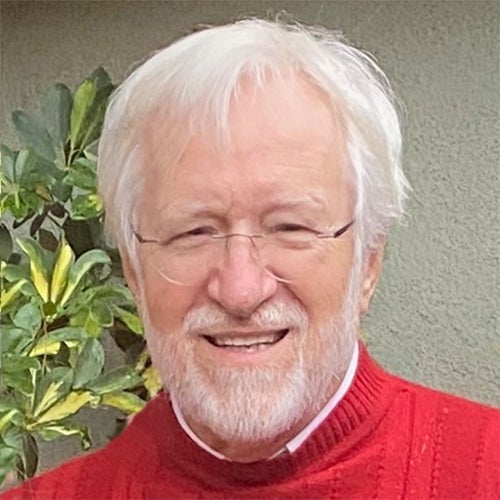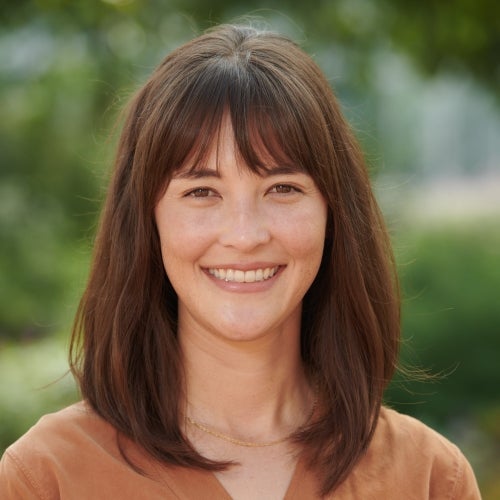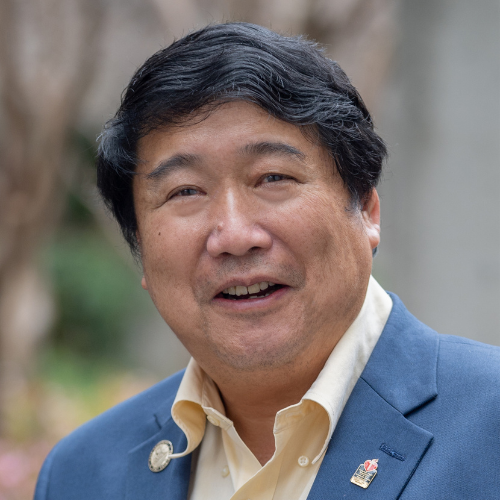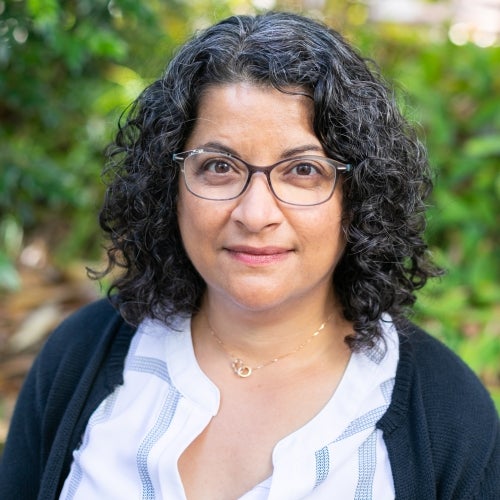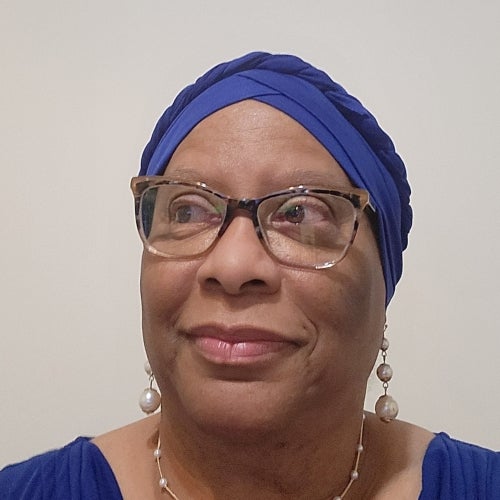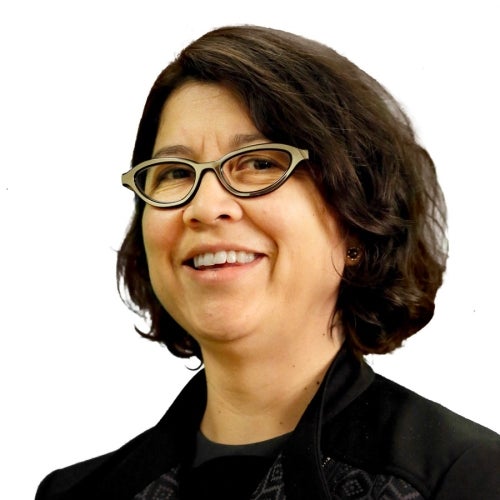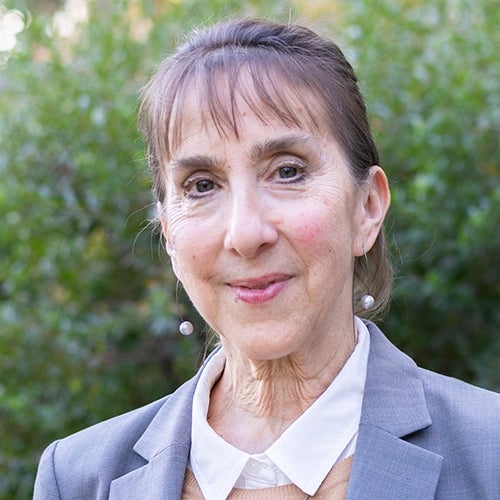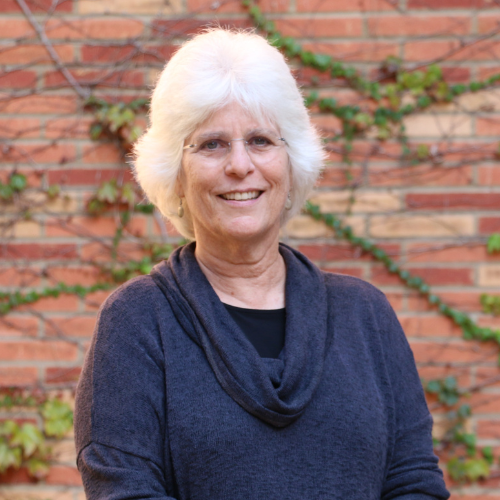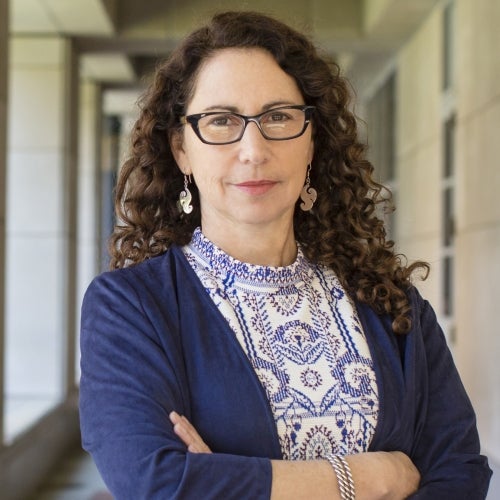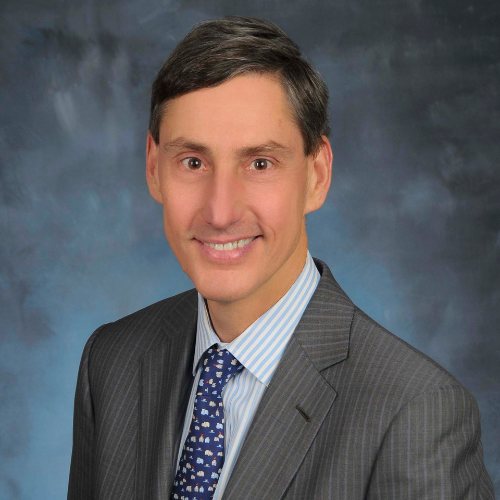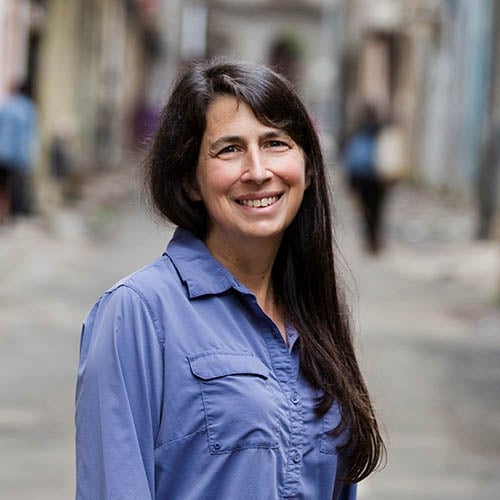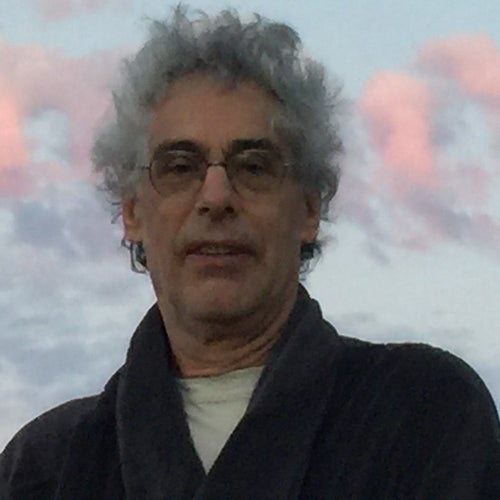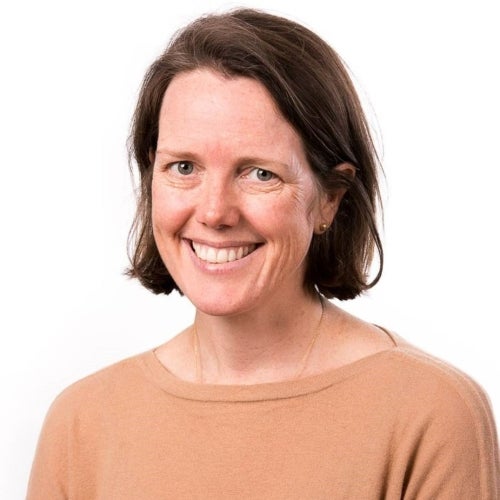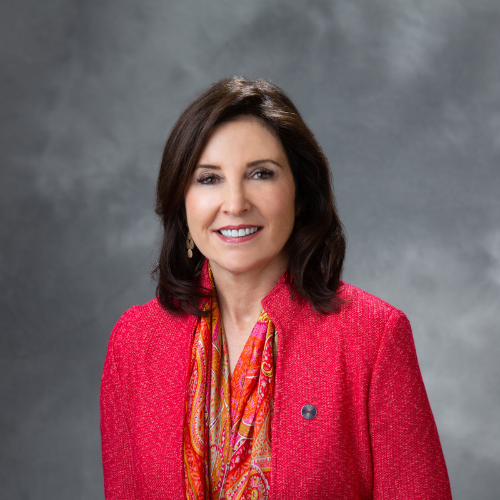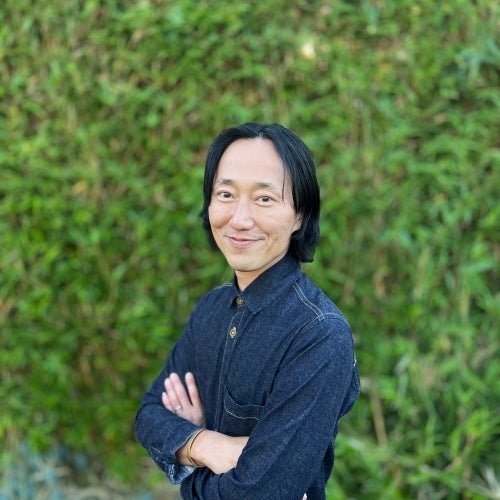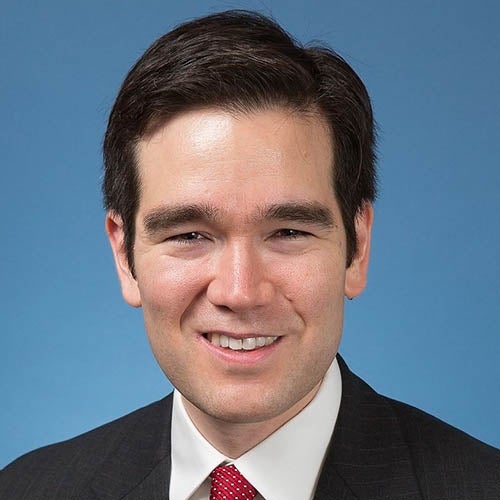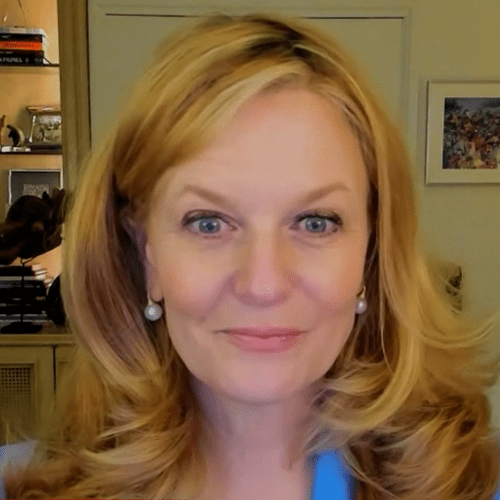"World ignored monkeypox threats, including signs of sexual transmission"
The Washington Post interviewed Dr. Anne Rimoin about her team's research, published in 2010, that predicted a monkeypox outbreak.
In an eerie echo of the coronavirus pandemic, more than a decade of warnings preceded the global outbreak of human monkeypox that has now spread to more than 31,700 cases — with about a third of those in the United States.
In 2010, researchers reported the rate of monkeypox cases in the Democratic Republic of Congo had increased twentyfold from the 1980s to the mid-2000s — growth that if unaddressed could cost the world a chance “to combat [the virus] while its geographic range is limited,” wrote epidemiologist Anne Rimoin from the University of California at Los Angeles and her co-authors in Proceedings of the National Academy of Sciences.
A second alarm came in late 2017, when Nigerian health authorities confirmed the country’s first case in almost 40 years: An 11-year-old boy brought to a hospital with lesions across his face and limbs ― a suspected case of chickenpox.
Faculty Referenced by this Article
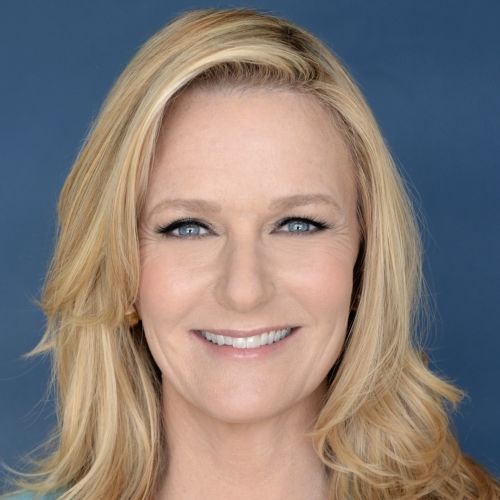
Dr. Anne Rimoin is a Professor of Epidemiology and holds the Gordon–Levin Endowed Chair in Infectious Diseases and Public Health.
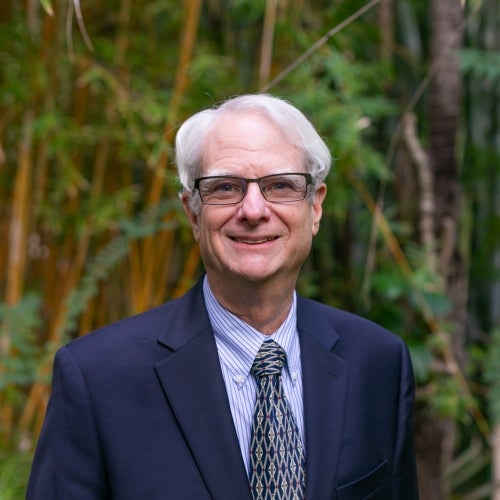
Robert J. Kim-Farley, MD, MPH, is a Professor-in-Residence with joint appointments in the Departments of Epidemiology and Community Health Sciences

Dr. Joseph Davey is an infectious disease epidemiologist with over 20 years' experience leading research on HIV/STI services for women and children.




